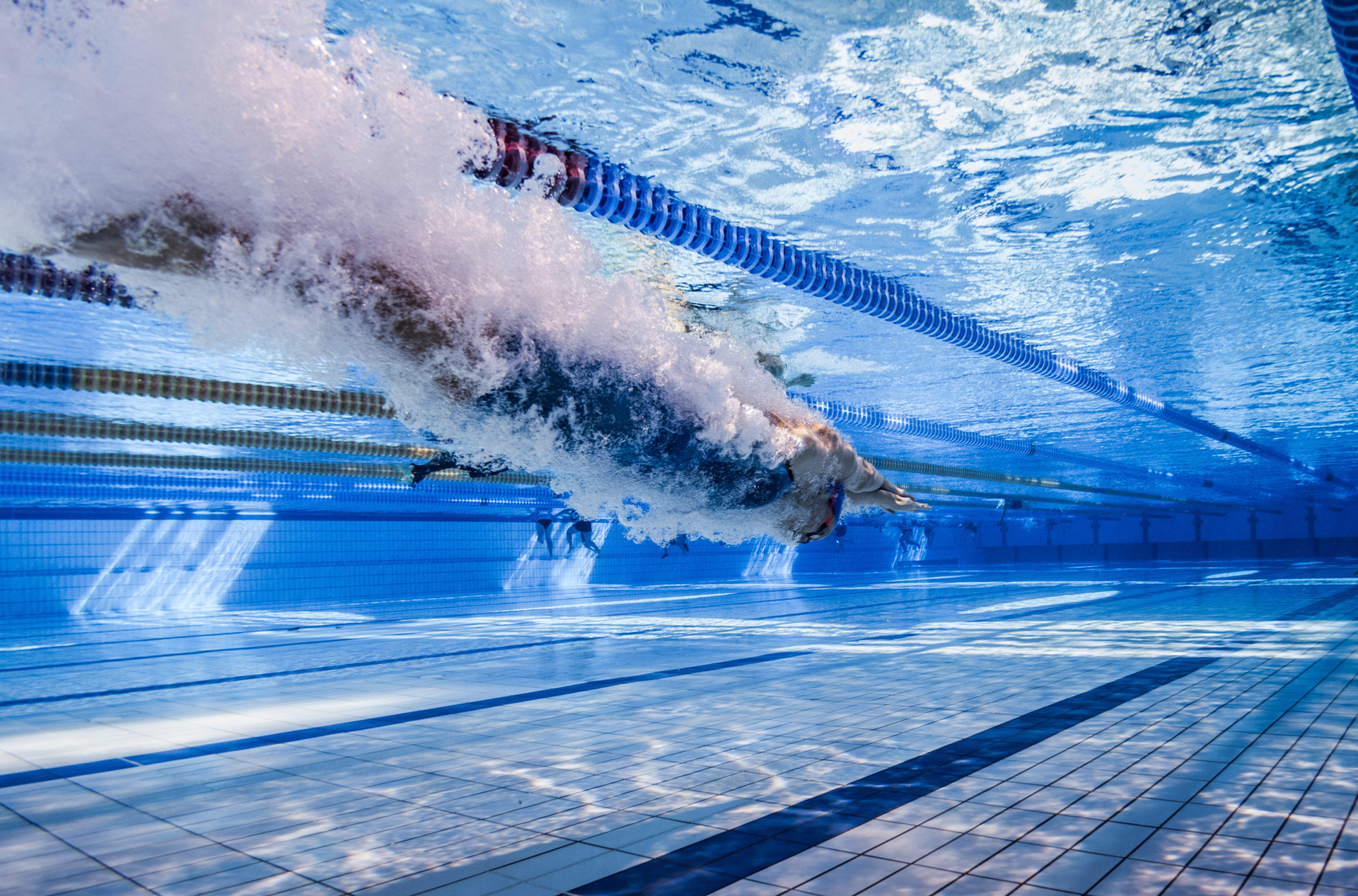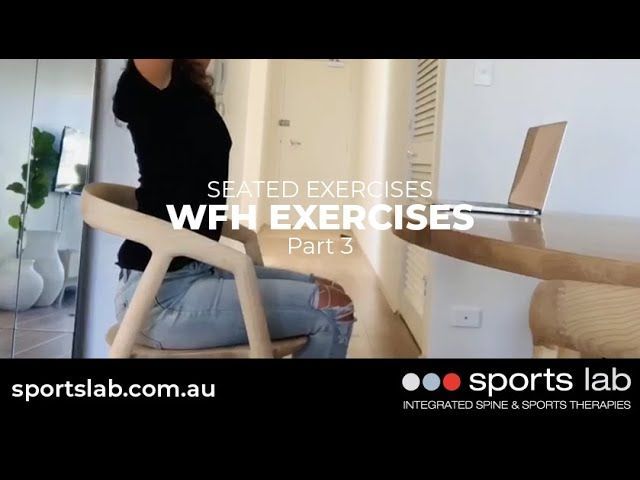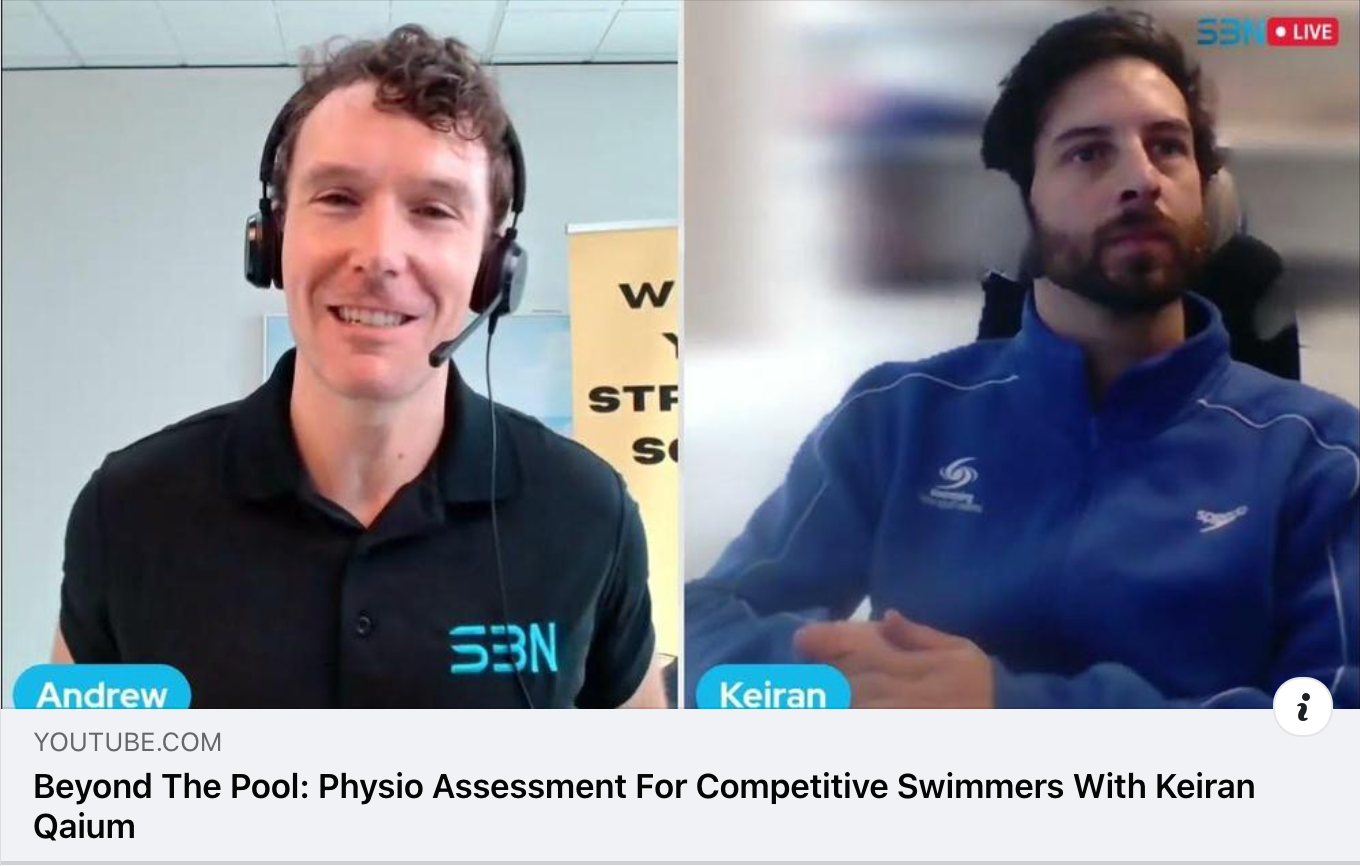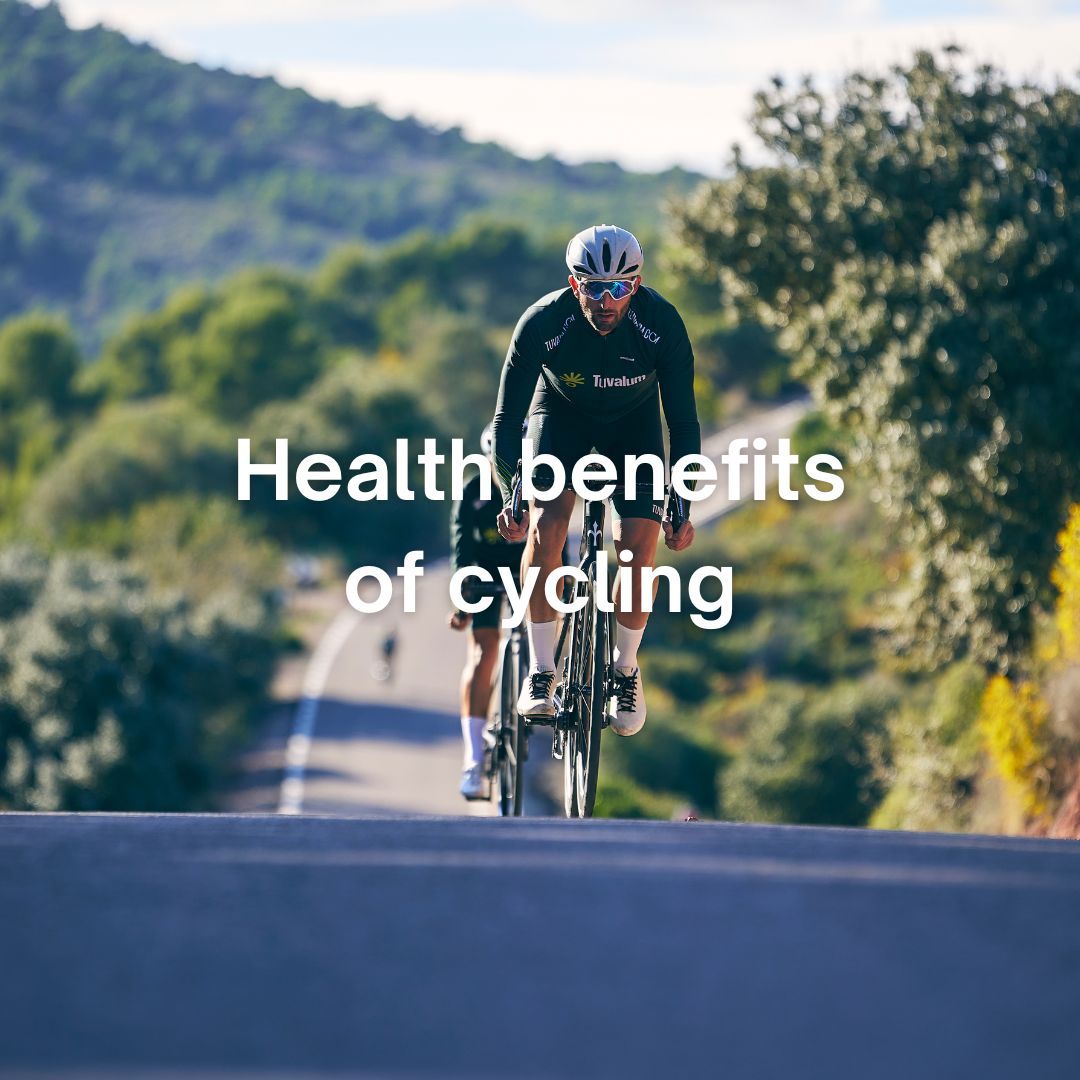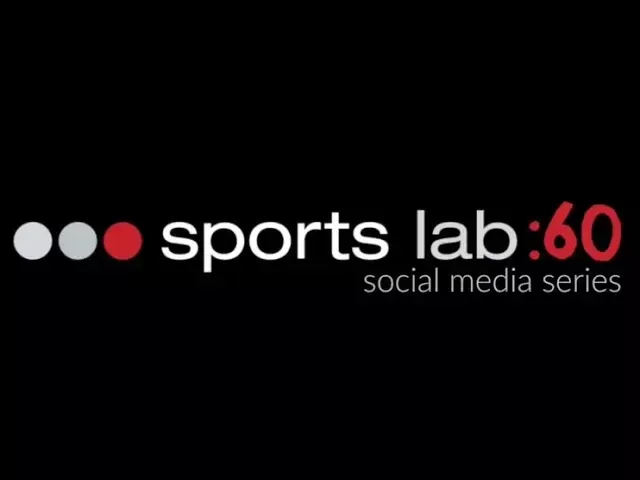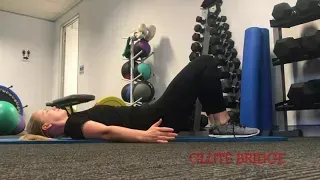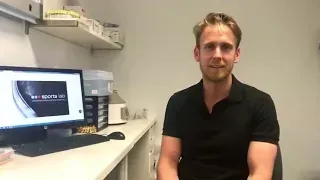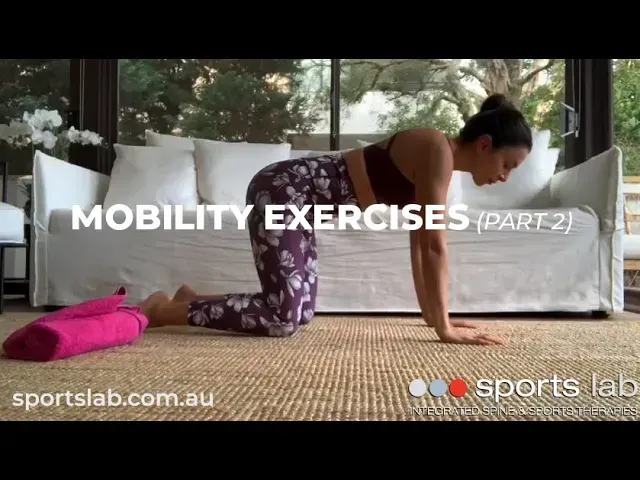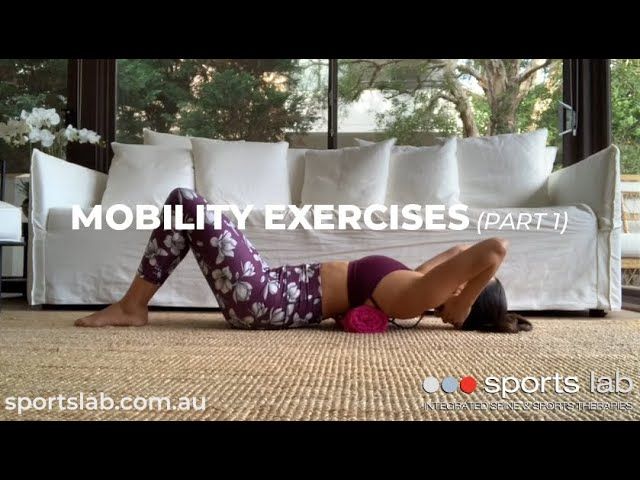Have you planned your recovery?
Massage Therapy as a Recovery Tool in IronMan Events
Zac Moukaddem – Sports and Remedial Massage Therapist
So you have your date picked out and written in your diary and phone
calendar. Preparations are now in order to ensure you will perform your best on the day.
But the question is: have you planned your recovery?
Athletes are to cover a distance of 226km consisting of 3.8km swim, 180km cycle and 42.2 km run. It is an arduous task, requiring extreme energy expenditure and generating high metabolic stress1. Although ironman athletes potentially experience a variation of conditions such as dehydration, skin injuries, fever and hypoglycemia the most common of these are pain and muscle fatigue. Pain and muscle fatigue are partly due to the depletion of energy substrates, muscle damage that elicits an inflammatory response, and a build-up of metabolic by-products2-3.
Massage therapy helps to reduce the severity of pain and muscle fatigue by increasing blood flow and facilitating the clearance of metabolic by-products. What does this mean? It means that the body is able to mitigate the sensation of fatigue, by decreasing lactic acid accumulation and increasing nutrient rich blood in to muscle. As massage therapy requires manual contact with the skin, it decreases the sensitivity of pain receptors that are
in charge of sending signals to the brain.
Not only does massage therapy aid in the reduction of pain and fatigue, but also lengthens those muscles that are short post-exertion. As a recovery tool, massage therapy increases range of motion and improves blood circulation. Overall it aids in the effectiveness of the cardiovascular system by increasing oxygen transfer on a cellular level4-5.
Massage therapy stimulates specific physiological responses, these include:
- Dilation of blood vessels promoting and increase of circulation and decrease of blood pressure
- Aids in venous blood return
- The elimination of metabolic by-products
- Increases oxygen hemoglobin content
- Reduces muscle fatigue and delayed offset muscle soreness
- Increases joint range of motion and function
- Reduces cortisol, norepinephrine and epinephrine levels
In summary massage therapy is widely used as a tool to aid athletes during recovery. Athletes are encouraged to create a management plan pre and post competitions because as we know, the maintenance of any high performance athlete is crucial in achieving successful results.
References
1. Knez WL, Jenkins DG, Coombes JS. Oxidative stress in half and full Ironman triathletes. Med Sci Sports
Exerc. 2007;39:283–288.
2. O’Toole ML, Douglas PS. Applied physiology of triathlon. Sports Med. 1995;19: 251–267.
3. Garcı ́a-Manso JM, Rodrı ́guez-Ruiz D, Rodrı ́guez-Matoso D, de Saa Y, Sarmiento S, Quiroga M.
Assessment of muscle fatigue after an ultra-endurance triathlon using tensiomyography (TMG). J Sports Sci. 2011;29:619–625.
4. Nelson, N. L. (2015). Massage therapy: understanding the mechanisms of action on blood pressure. A scoping review. Journal of the American Society of Hypertension, 9(10), 785-793.
5. Poppendieck, W., Wegmann, M., Ferrauti, A., Kellmann, M., Pfeiffer, M., & Meyer, T. (2016). Massage and Performance Recovery: A Meta-Analytical Review. Sports Medicine, 1-22.
